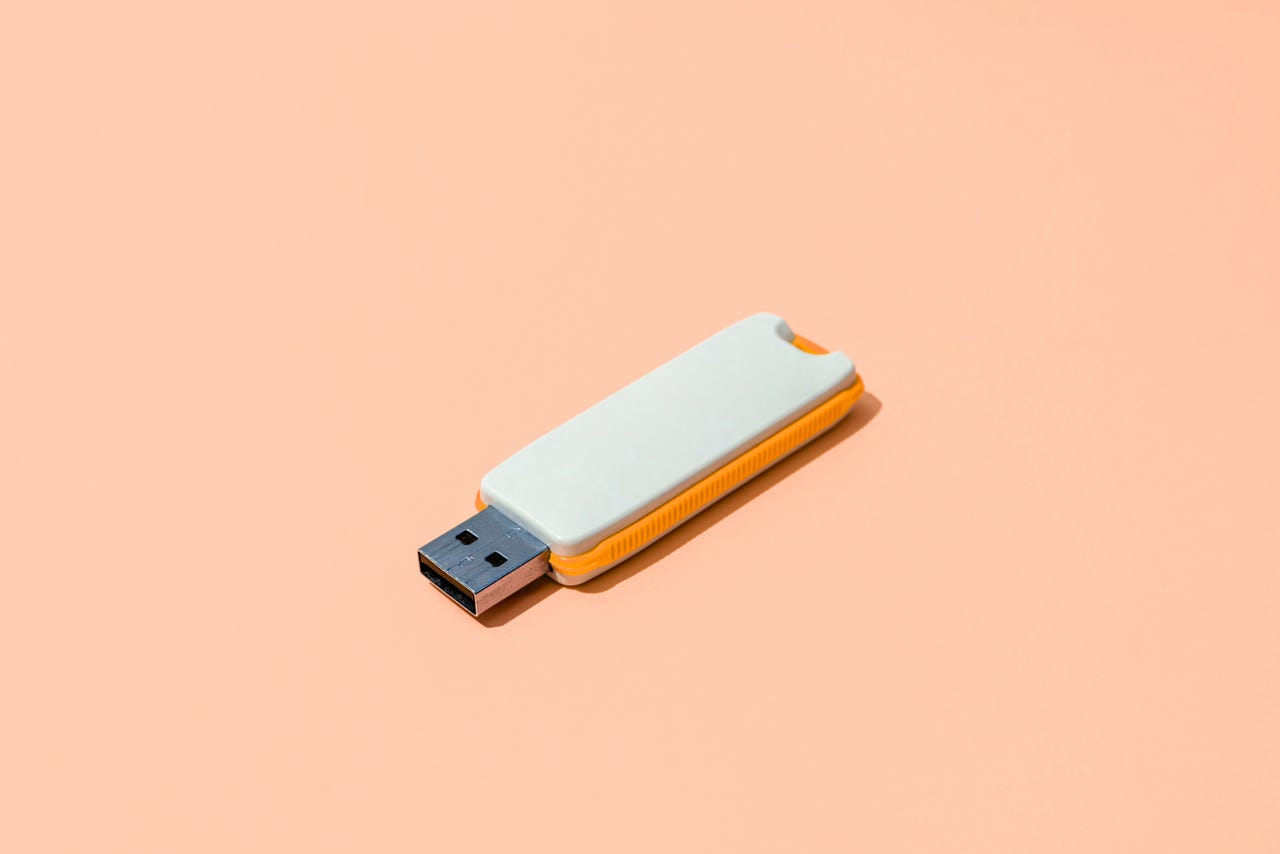'ZDNET Recommends': What exactly does it mean?
ZDNET's recommendations are based on many hours of testing, research, and comparison shopping. We gather data from the best available sources, including vendor and retailer listings as well as other relevant and independent reviews sites. And we pore over customer reviews to find out what matters to real people who already own and use the products and services we’re assessing.
When you click through from our site to a retailer and buy a product or service, we may earn affiliate commissions. This helps support our work, but does not affect what we cover or how, and it does not affect the price you pay. Neither ZDNET nor the author are compensated for these independent reviews. Indeed, we follow strict guidelines that ensure our editorial content is never influenced by advertisers.
ZDNET's editorial team writes on behalf of you, our reader. Our goal is to deliver the most accurate information and the most knowledgeable advice possible in order to help you make smarter buying decisions on tech gear and a wide array of products and services. Our editors thoroughly review and fact-check every article to ensure that our content meets the highest standards. If we have made an error or published misleading information, we will correct or clarify the article. If you see inaccuracies in our content, please report the mistake via this form.
How to create a bootable Linux USB drive


Before you can enjoy the user-friendly, flexible, secure, and reliable Linux operating system, there's still one thing you need to handle first: installing the OS.
Keep in mind that modern Linux installers are very easy. With a few quick clicks, you're on your way to enjoying the power, flexibility, and security of this open-source platform.
Also: New to programming? My 5 favorite Linux tools will get you up to speed faster
The gateway to that open-source world is a bootable USB drive that allows you to install the OS on your computer.
Don't worry, even that step is simple. Let me show you how.
How to create your bootable USB drive
What you'll need: To create a bootable USB drive, you'll need the following:
- A machine with a USB port.
- A USB flash drive with at least 16GB of space.
- A piece of software to create the bootable drive.
There are a lot of tools to help you create a bootable USB drive, such as Ventoy, Rufus, Etcher, dd, Fedora Media Writer, Popsicle, and more. The one tool I've used for years is UNetbootin, which is available for Linux, MacOS, and Windows. You can easily install UNetbootin by downloading the executable file to your desktop and running it. (It installs like most applications on both MacOS and Windows.)
Also: The best Linux laptops
1. Insert your USB drive
The first thing to do is insert your USB drive into the computer you installed UNetbootin on. Ensure the system recognizes the drive and note its name.
2. Start UNetbootin
From your computer's desktop menu, click to launch the UNetbootin application.
3. Select your distribution
Select from a pre-configured list of distributions from the UNetbootin window.
Also: The best Linux distros for beginners: You can do this!
Make sure to also select the most recent version of that distribution from the Select Version dropdown in the upper right corner.
Creating a bootable USB drive with UNetbootin is very easy.
4. Select your USB drive
Make sure USB Drive is selected in the Type dropdown and then choose the name of your USB drive from the Drive dropdown. Select the right drive because UNetbootin will erase everything on the drive you choose. I would suggest removing all external drives except the one that will serve as your bootable drive.
5. Burn the image
Click OK and the process will start. First UNetbootin will download the necessary ISO, then it will extract and copy the files, install the bootloader, and complete the process.
Also: Want to save your aging computer? Try these 5 Linux distributions
The process shouldn't take more than five to 15 minutes. You might find that UNetbootin seems to stall out halfway through the extracting and copying files phase. Be patient and it will finish.
UNetbootin should be able to create your USB drive in under 15 minutes.
When the process completes, click Exit, safely eject the USB drive, and you're ready. You can now insert the USB drive into the machine that will serve as your new Linux desktop, boot the machine, and start installing the operating system.